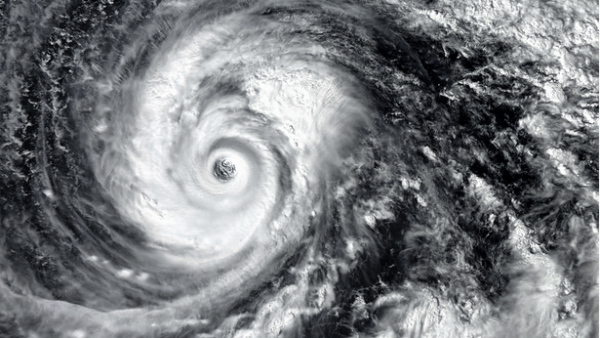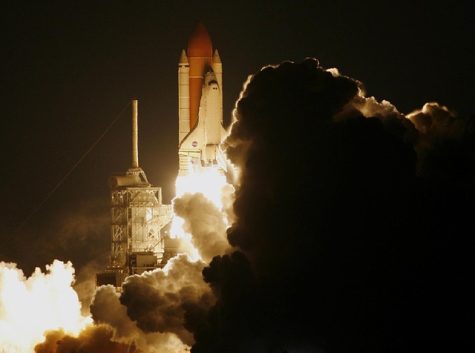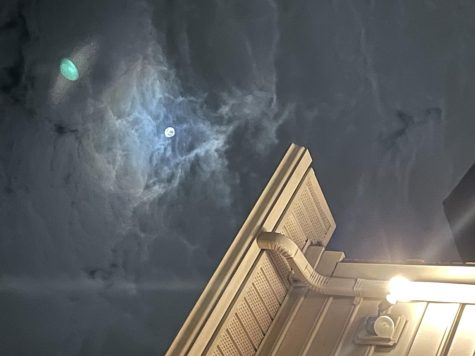NASA Ingenuity helicopter endures its first freezing night on Mars

The Ingenuity helicopter experienced its first night on the frigid surface of Mars, a primary milestone in the rotorcraft’s journey ahead. The 4-pound helicopter separated on April 3 from the abdomen of the Perseverance rover, where it had been placed ahead of time. Similar to the metamorphosis of a monarch butterfly, Ingenuity went through a series of movements to unfold from beneath the rover. Currently, the helicopter and Perseverance rover’s settling site is an ancient lake foundation on Mars known as the Jezero Crater.
“We now have confirmation that we have the right insulation, the right heaters, and enough energy in its battery to survive the cold night, which is a big win for the team. We’re excited to continue to prepare Ingenuity for its first flight test,” stated MiMi Aung, Ingenuity project manager at NASA’s Jet Propulsion Laboratory in Pasadena, California.
When Ingenuity got the opportunity to fly on April 11, it was established as the first powered, controlled flight on a distinct planet. This helicopter presented a challenge to the engineers who designed it for multiple reasons as well. It was necessary for Ingenuity to be small enough to thrust underneath the rover without endangering the Perseverance’s mission to search for evidence of microbial life on the red planet. In addition, it had to be lightweight in order to guide it through the Martian atmosphere while having an extensive amount of power to heat itself throughout the night. Due to the tenuous nature of the environment on Mars, it is more difficult to generate lift and get support.
Soon after Perseverance deposited Ingenuity towards the center of its airfield, the rover abandoned the helicopter. This was to allow its solar array to gather an adequate amount of critical sunlight. Perseverance delivered photographs of the helicopter’s four legs resting on the surface of Mars on April 4. The blades of the rotorcraft will be released on April 7, resulting in the mission team sending specific commands to Ingenuity. The helicopter’s computers need to be observed as well to assist Ingenuity in independently shifting through the Martian atmosphere.
Due to the fact that Ingenuity is no longer acquiring power and heat from the rover, the helicopter will send information to Earth on the performance of its power and thermal control systems. Thus, allowing its team to configure the environment necessary to confirm Ingenuity survives the following 30 days of its mission. While the helicopter is on the Martian surface, it has these days to conduct up to five distinct test flights. During the first flight, the rotorcraft will attempt to rise approximately 10 feet in the atmosphere from the middle of its flat airfield for 30 seconds. Future flights will assess the helicopter’s ability to appear higher and rise for a longer period of time.
Meanwhile, the Perseverance rover will provide a close overlook and observe the flights, capturing photographs, videos, and audio. These will reach Earth in the days after the first flight. Once Ingenuity’s journey reaches its end, the rover will shift its focus on its science mission and begin examining rocks and collecting samples that will be returned to Earth by future missions.
My name is Rania Shah, and this is my second year at Oakton High School as a sophomore. I am currently a member of the Editorial Board and have been a...









